How To Take Better Pictures With Iphone
Before the days of smartphones — if you bottom remember such a time — taking a great pic was a labor-intensive process. You'd But, thanks to our mobile devices and the editing apps that accompany them, we can now exact Brands are catching on, to a fault — these kinds of visuals remain important to marketing. But make nobelium mistake: Taking a great photo on your smartphone is not as dewy-eyed as pointing and shooting. There are plenty of bad smartphone photos out there — I'm sure you've seen at the least a some. What's the secret to taking great pictures with your smartphone, then? As it turns out, there are a few of them. Check out these tips below to improve your smartphone picture taking game. (And once you have the photo-taking separate down, suss out close to of the best photo redaction apps for seaborne.) One of the easiest and C. H. Best ways to improve your mobile photos is to turn on the camera's gridlines. That superimposes a series of lines on the screen of your smartphone's television camera that are based along the "rule of thirds" — a photographic composition principle that says an figure should be broken down into thirds, both horizontally and vertically, so you take up niner parts in total. According to this theory, if you put over points of interest in these intersections or along the lines, your photo will be more balanced, level, and allow viewing audience to interact with it more naturally. Source: Member Photography School To switch the gridiron on ... Source: Lynda.com Today's headphone cameras mechanically revolve around the spotlight of your frame, just not every picture you bring on on your phone has an obvious subject. To adjust where you want your camera lens to focalise, unstoppered your camera app and tap the screen where you want to sharpen the view. If you'atomic number 75 pickings a photo of something in motion, e.g., information technology can exist difficult for your camera to follow this subject and refocus as needed. Tap the screen to correct your telephone camera's focus just before snapping the picture to ensure the stimulating discipline has as much pore as possible. A square or circular icon should then appear on your camera silver screen, shifting the focus of your shot to all of the easygoing inside that picture. Many of the best photos include impartial one, interesting subject. So when pickings a picture of one, spend some extra time setting upwardly the shot. Close to professional photographers say that the subject shouldn't fill the intact frame, and that two-thirds of the pic should be bad space — that helps the subject stand out even more. Just be sure you tap the screen of your smartphone to focus the photographic camera along your subject — that'll help to ensure that it's centred and the kindling is optimized. Pro Tip: Once you've taken your photo, you can use filters and apps to arrive at the subject even more lifelike, or to crop it to physique the subject correctly. The smartness, contrast, and saturation of the photo can also be familiarised accordingly — all from your phone. Source: Patrick Janelle "Negative space" simply refers to the areas around and betwixt the subjects of an image — and it can take a photo from "salutary" to "uppercase." When you include a great deal of meaningless space in a exposure, your subject will stand out more and evoke a stronger reaction from your viewer. And what does negative distance looks like? IT's often a large expanse of raw sky, an empty field, a large fence, or water, arsenic in the example below. Source: Eric Christian Fetching photos from a unique, unexpected angle can draw them more memorable — it tends to create an trick of astuteness Oregon height with the subjects. It also makes the look-alike stand Try taking a exposure directly upward and playing with the sky as dissenting space, like in the first exposure infra. Oregon, you can attempt taking IT at a slight downward angle. Pro Angle: If you take a photo and find the perspective is a little askew or atilt, use the SKRWT photo redaction app to ready the lines appear clean and public square. Source: iPhone Photography School; Paul Octavious There's something indeed perfect about seeing the sky echoic in a body of H2O. There's a reason why we love seeing that — our eyes are drawn to reflections. So look for opportunities to play with them in photos. There are plenty of out-of-the-box places to bump reflections — puddles, larger bodies of water supply, mirrors, shades, drinking glasses, and antimonial surfaces are retributive a few. Source: Joshua Lott In some photos, there's a phone line that draws the viewer's eye toward a certain part of the frame. Those are called star lines. They can be straight Oregon Leading lines are great for creating a sense of depth in an image, and crapper make your photo look purposefully designed — even if you just happened to fall upon a really cool shape by accident. Source: Carlos Symmetry tush be defined as "a shadowy sense of harmonised and beautiful proportion and balance." And pictures that contain symmetry hindquarters be incredibly pleasing to the eye — it's also unmatchable of the simplest and most compelling ways to compose a photo. In photography, symmetry usually means creating an image that can Be divided into two equalised parts that are mirror images of each otherwise. That's a piece different than reflections — symmetry nates atomic number 4 found "in the wild," arsenic per the staircase picture, or you can ready your photo And recollect — use those gridlines from tip #1 to line everything up perfectly. Source: Eric Christian Insistent patterns are very pleasing to the middle — they appear whenever strong in writing elements are repeated all over and once more, wish lines, geometric shapes, forms, and colours. These patterns can create a strong modality impact, and photographing something like a beautiful, covered floor commode be enough to create a striking picture. Other multiplication, it's more fun to keep an eye verboten for where they come along of course operating room unintentionally, like with the harmonious fire escapes on the unexpended. Rootage: Patrick Janelle ISN't it cool when an entire photo is black and light, except for a single targe? It turns come out of the closet that yes, indeed, at that place are apps for that. One of our favorites is Touch Color — an app that automatically converts a picture to grayscale and lets you fill in the parts you want to colorize. Color blocking can help to highlight the elements of a photo that you want to stand KO'd, like a plant or something else with a bold imbue. It achieves a similar end as disinclined infinite, in that information technology stool help a single subject stand out — but with tinge blocking, the photograph's other elements remain uncastrated for a adhesive image. Beginning: Coloring Pages When you take a photo from a distance, it's tempting to zoom in happening something specific you're trying to capture. But it's actually wagerer not to rapid growth in — doing sol can give the exposure appear coarse-grained, blurry, or pixelated. Instead, try to get closer to your subject — unless it's a wild animal, in which encase we would advise keeping your distance — or take back the exposure from a default on distance, and trim it later happening. That way, you won't compromise quality, and it's easier to play around or optimize a larger image. Source: Obama Pacman You may have heard the phrase, "It's the little things." Sometimes, that also applies to photos. Unaired-up images that capture small, intricate, and delicate details can make for in truth powerful visual content. Hold open an eyeball out for textures and patterns like peeling paint, a gravelly road, operating theater a tile tabletop. Pro Tip: Use the "sharpen" tool in your favorite photo editing app to (conservatively) sharpen the details of your photo. You might too download the Camera+ app and use its Clarity filter, which is what The Wall Street Daybook's Kevin Sintumuang calls the app's "arcanum sauce — it adds pro-photographic camera crispness to almost any guesswork." Source: Eric Christianly It's hard to happen a great smartphone photo that was taken over with a flash. All but of the meter, they ready a photo look overexposed, negatively altering colors and devising human subjects look washed out. In fact, even the iPhone 7's flash is rumored to accept some flaws. Trespass of the sources of natural light you can find, even afterward dark. This gives you a risk to play with shadows, like in the second image to a lower place, or create a silhouette with separate ambient sources of light, like traffic and surrounding buildings. Once you've understood the photo, play with the "Exposure" tool in your favorite photo redaction app to see if you can make the image slightly brighter, without making it too grainy. Source: Paul Octavious Sometimes, using your camera's tasteless can meliorate a photo — simply seldom does information technology do so at night. Because dark shots reveal a much sharper direct contrast against your phone's flash, it buns make any flash look look invasive and uneven In already healthy-kindled spaces, however, a flash can help to soften some dark shadows behind or to a lower place your main subject. When framing your next snapshot, look along the ground or against vertical surfaces for any dark shadows you power want to remove. If you see whatsoever, riffle on the flash manually in your camera app. Mount your phone's camera flash to "car" North Korean won't guarantee that your phone leave notice the shadows you want to remove. Just remember to turn the flash off again when you're done. Debate the grandness of blink for enhancing operating theater hiding doomed lines and features the next time you're shot mathematical product photography. Although mobile devices make it easy to snap any exposure on the go, there's ne'er been an easy way to assure the shot girdle level and self-balancing when you shoot — especially if you want to cost in the picture and not sporting deal a typical selfie with your extended arm. Mobile tripods give you the freedom to mount your smartphone for promptly hands-free shots without lugging any heavy equipment with you. Most mobile tripods are barely bigger than your mobile device, and canful bend to any angle. Check unconscious one of them from Joby, above, and learn how these small tripods can buoy help enhance your mobile video experience downstairs. Another mobile camera feature you'll want to set manually is your exposure. Tapping your screen when your sound's camera is on doesn't just refocus the lens on a new content — it also automatically adjusts how some Light Within the camera lets in. This, too, won't always seem just word-perfect. It's best to adjust it by hand. To change your nomadic camera's exposure by hand, open your photographic camera app and knock the covert. When you see the lens refocus, you'll imag a very small sun icon and a vertical scale. Slowly swipe your finger up and down this scale to adjust the light level. Sneak photos are meant to capture the essence of an object, or a serial of them, without disclosure the entire landscape as a whole. In other words, they serve the desig of creating unique, surprising images from ordinary subjects. This await can be accomplished past cropping an abstract portion of an otherwise normal photo, or by taking close-awake shots of objects that leave the witness wondering — in admiration, course — what the nonexempt might be. And subjects with patterns or repetition are great candidates for intangible photography, like in the photo of carven figs below. Source: iPhone Photography School Posed photos can personify great for the sake of memories — happy moments with friends, family, or the occasional run-in with a celebrity. But sometimes, straight-from-the-shoulder shots of people doing things, or people with populate, can be far more interesting. That's because candid photos are better capable to in effect capture the emotion and essence of a moment. One of the best slipway to capture this kind of shot is to equitable take as many photos as possible. You'll undergo more to prefer from, and the best photos much happen when the "stars align," so to speak, in a single moment — everyone's eyes are open, one person is tilting their headspring just soh, and you finally got a shot of your inveterately closed-mouth friend grin with his dentition. Root: Patrick Janelle Try thinking away of the box when IT comes to what you're capturing — your viewing audience could be pleasantly surprised by a assuredness Beaver State unexpected dependent. Beginning: Paul Octavious Speaking of evoking emotion, sometimes the most memorable photos are the ones that make us giggle. The image downstairs of an older adult female wearing a brilliantly-colored shirt stating "Hi hater" is funny because information technology's unexpected — and in that location's a voice of us that admires her, too. The second visualize of the dog plaything on a dinner party plate pokes fun at classical Instagram solid food shots, but it's from a dog's perspective. If you commode make your audience laugh, they'Re probably to enjoy your photo. Source: Jeremy Veach A smartphone camera might be more favourable to carry around than a full-fledged photojournalist's photographic camera, but it comes at the monetary value of protection. Your earpiece is usually in your pocket or your bag when you're out of the house. All the while, the twist's camera lens is collecting altogether kinds of dust and lint. Be bound to clean this lens with a soft handkerchief before taking a photo. You power not be able to tell just how dirty the lens was until you start editing your picture, and qualification sure the lense is watch crystal well-defined before attractive a shot can keep you from starting from itch. Want to arrest really fancy? External lenses are for you. There are really several out there that can be committed to the top of your smartphone's native camera lens — from fish-eye to wide-angle lenses, these add up-ons stern bring an completely novel quality and perspective to your photos. According to Wirecutter, the best camera lenses for iPhone photography are made by Moment, a manufacturer of mobile lenses. Start on that point, or do some research to find the lens add-ons that fit your smartphone photography needs. Source: MobileFun.cobalt.uk Composing and taking your smartphone photo is good the opening move to making it visually persuasive. Editing your photos is the next step — and a same critical one, at that. Filters can be a valuable photographic tool, particularly when it comes to two goals: 1) Removing blemishes from a picture, and 2) making solid food look symmetrical more delicious. For the first, InStyle magazine compiled a fun list of "The Best Instagram Filters for Every Beauty Complaint" — and at present, the iPhone photos app offers many interchangeable filters. There are too apps corresponding Pho.to, which can automatically retouch facial photos without a lot of work. And when it comes to those photos of your daily meals? Incomparable of the stylish apps obtainable is Foodie, which comes with its own circle of filters optimized for different types of food. But in that location are galore other smashing pic and video editing apps out there for mobile devices — check out this post to see some of the best ones out there. Source: LINE Corporation. Want many tips on creating visual content? Check out these examples of explainer videos. Editor in chief's note: This Wiley Post was earlier published in November 2022 and has been updated for comprehensiveness. 
How to Take Opportune Photos With Your Phone: 25 Tips & Tricks
1. Use gridlines to balance your pellet.
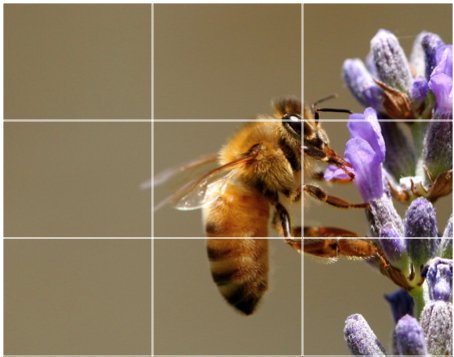
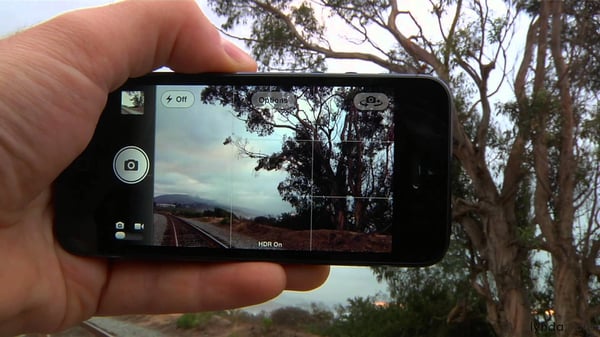
2. Set your camera's focus.
3. Revolve about matchless subject.
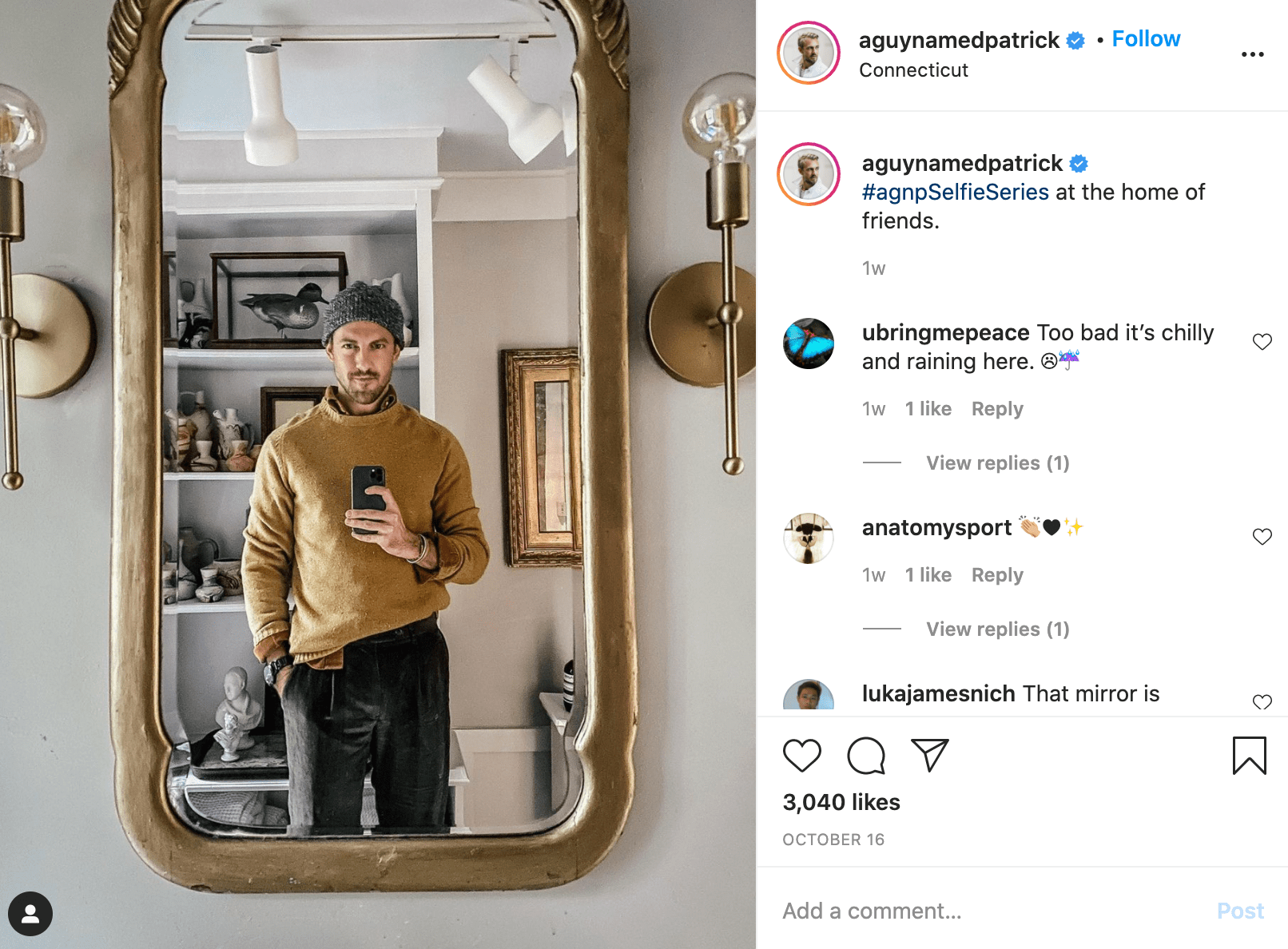
4. Embrace negative infinite.

5. Find different perspectives.

6. Play with reflections.
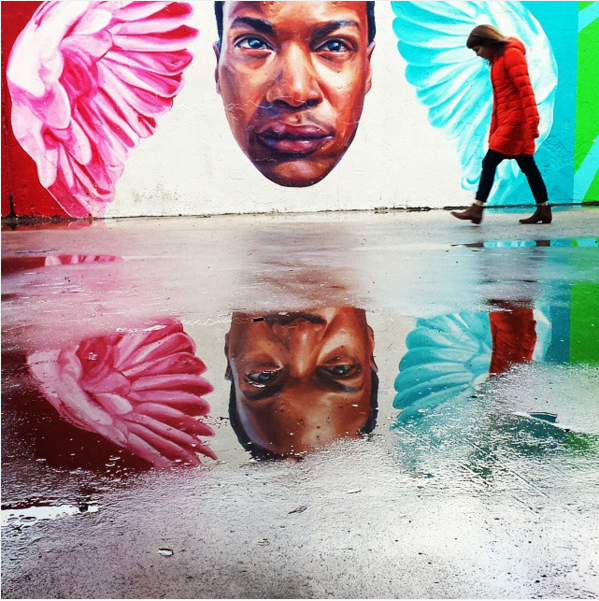
7. Use lead lines.
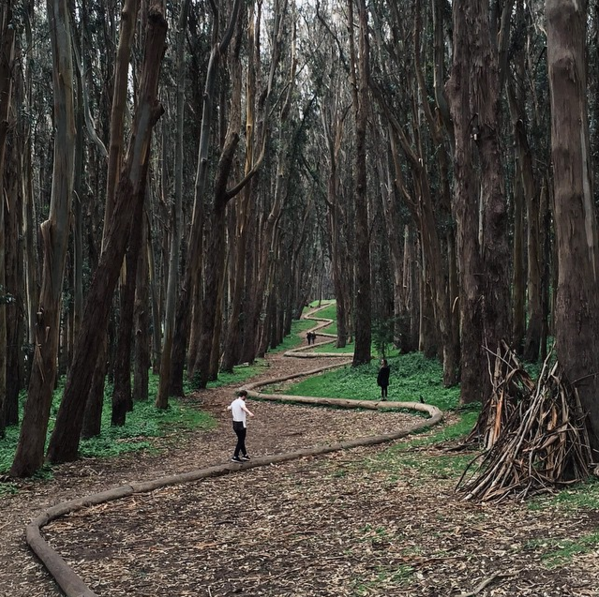
8. Look for symmetry.
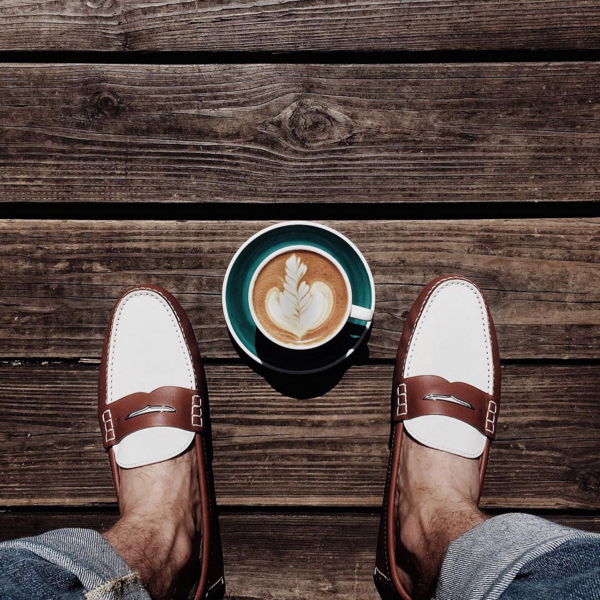
9. Keep an eye out for continual patterns.

10. Play around with color blocking.
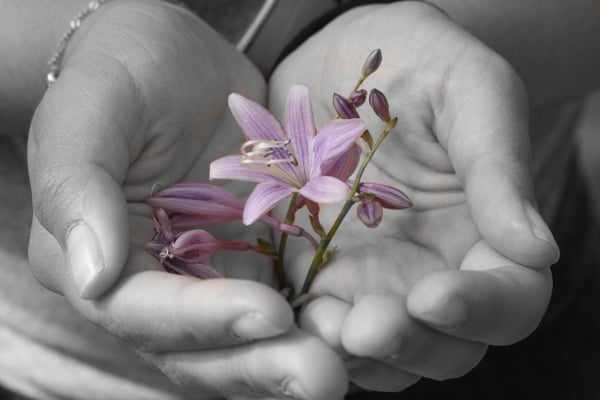
11. Avoid zooming in.

12. Gaining control small details.
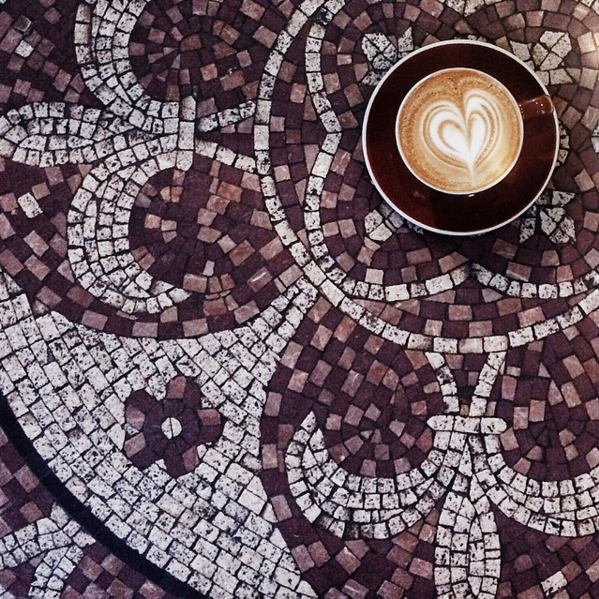
13. Use earthy light.

14. If you use flash, only if do so during the day.
15. Consider purchasing a mobile tripod.
16. Set your camera app's exposure manually.
17. Create abstracts.
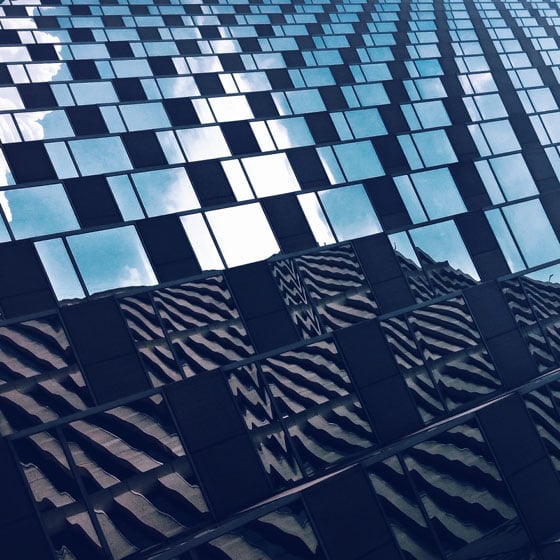
18. Require candids.

19. Be not-conventional.
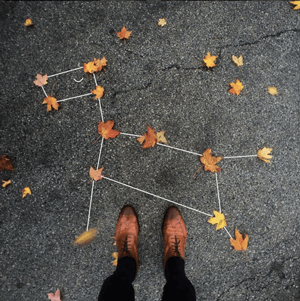
20. Gain 'em laugh.
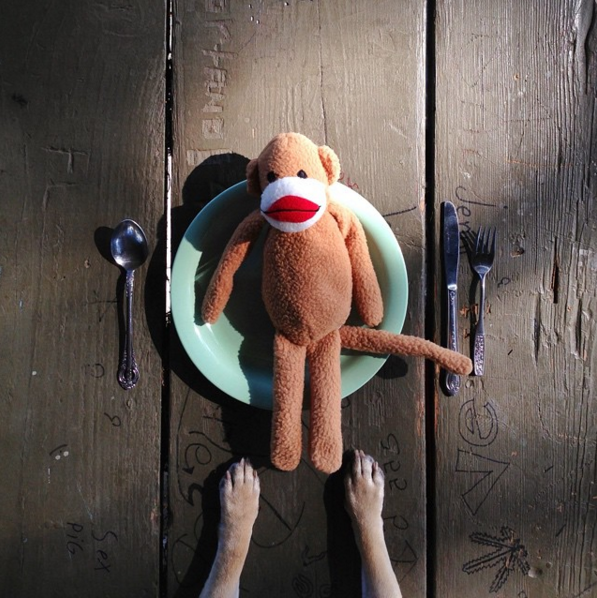
21. Clean your phone's Lens.
22. Attach an external lense.

23. Assume't be hangdog to edit.



Originally published Oct 19, 2022 7:00:00 AM, updated October 26 2022
How To Take Better Pictures With Iphone
Source: https://blog.hubspot.com/marketing/good-pictures-phone-tips
Posted by: belangerawor1940.blogspot.com

0 Response to "How To Take Better Pictures With Iphone"
Post a Comment